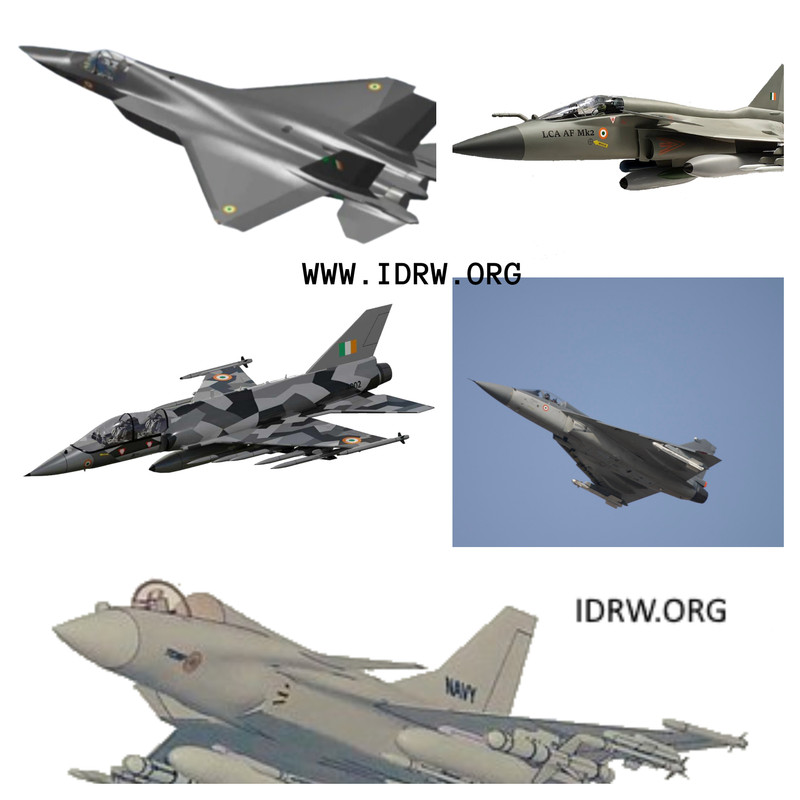SOURCE: AFI


India has embarked on a significant effort to modernize its air force through a series of ambitious fighter jet programs. These initiatives, funded by the Ministry of Defence (MoD), include the Tejas Mk1A, Tejas MkII, AMCA, HLFT-42, and TEDBF. While these programs represent a substantial investment in indigenous defense capabilities, a critical challenge remains: the absence of a robust local engine program.
The Tejas Mk1A and MkII, developed by Hindustan Aeronautics Limited (HAL), are upgrades of the existing Tejas light combat aircraft. The AMCA, a stealthy fifth-generation fighter jet, is being developed by the Aeronautical Development Agency (ADA). The HLFT-42 is a supersonic trainer jet, and the TEDBF is a twin-engine deck-based fighter aircraft designed for the Indian Navy.
Despite the progress made in these fighter jet programs, India faces a significant hurdle in engine development. The DRDO has announced plans to develop a 100kN engine for the AMCA in collaboration with a foreign Original Equipment Manufacturer (OEM). However, this joint venture is yet to materialize.
The lack of a local engine program has significant implications for India’s fighter jet development. Reliance on foreign engines can lead to technology dependence, supply chain vulnerabilities, and increased costs. Moreover, the development of indigenous engines can stimulate domestic aerospace industries and create high-value jobs.
India’s ambitious fighter jet programs, coupled with the absence of a local engine program, present a unique challenge. While the government has taken steps to address this issue, the successful development of a domestic engine capability will be crucial for India to achieve self-reliance in defense manufacturing.